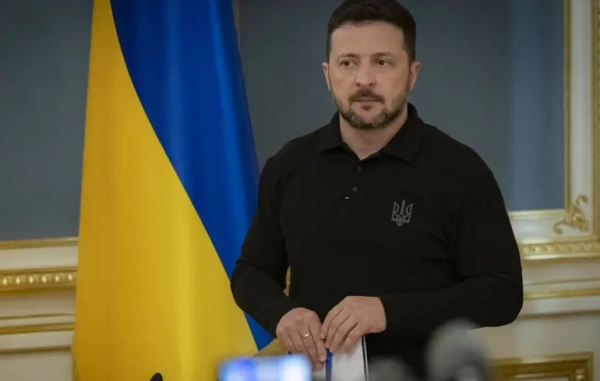
© https://www.president.gov.ua/ The President stated that teenagers lose their identity if they leave at an early age.
President of Ukraine Volodymyr Zelenskyy stated that the decision to allow men aged 18 to 22 to leave Ukraine was made in order to prevent the outflow of high school students from Ukraine before they graduate, as the statistics of the departure of underage high school students has increased in recent years.
“This is very bad, because it is at this age that they lose contact with Ukraine in high school. We held consultations with the military and educators. We agreed on this age with the military command. Children can calmly not only graduate from school, but, importantly, enter and graduate from higher educational institutions in Ukraine. And this decision has no impact on the defense capability of our state,” Zelensky noted at a briefing on Friday.
He added that the state had to find a balance to allow the boys to remain Ukrainians, because “the sooner they leave the country, the less chance they have of remaining Ukrainians and returning to Ukraine.”
When asked by journalists why the decision on age was limited to 22 years, although the mobilization age is 25, Zelensky replied that “this is the only decision made” at the level of the top military-political leadership.
At the same time, he noted that after the government’s decision, young Ukrainians did not begin to travel abroad en masse.
As a reminder, the day before, on August 26, the Cabinet of Ministers of Ukraine adopted a decision to amend the Rules for Crossing the State Border by Citizens of Ukraine. The corresponding resolution was prepared by the Ministry of Internal Affairs.